As marketers, a common challenge we encounter is ad fatigue on Meta. Even high-performing Meta ads can start to lose effectiveness over time. Audiences scroll past, click less, and conversion rates can begin to decline. Unfortunately, if you don’t catch it early, it can drain your budget and annoy your audience.
We’re here to help you identify early signs of ad fatigue, what metrics to monitor, and how to refresh your creative strategy to keep your campaigns performing at their best.
What Is Ad Fatigue and Why It Happens
Ad fatigue occurs when your audience sees the same ad too many times and stops engaging with the ad. Because of this, Meta’s algorithm may deprioritize your ads in delivery.
Common causes:
High ad frequency with limited audience size
Stagnant creative (overusing the same visuals, copy, or format)
Over-investing in retargeting strategies
This leads to:
Lower CTR
Higher CPA
Declining site traffic
Declining ROAS and wasted ad spend
An easy way to check when Meta believes your audience has seen your ad too many times is by looking at your Delivery column. If it says “Creative limited” or “Creative fatigue,” that could be a signal you are dealing with ad fatigue. However, note that it can also warn “Creative limited” while a new ad is ramping up, so don’t worry about it if you see it right after uploading new ads.
Metrics That Signal Ad Fatigue Early
To catch ad fatigue early, monitor these metrics closely:
1. Click-Through Rate (CTR)
A declining CTR period-over-period suggests viewers are tuning out. Compare current CTR against your historical averages to establish a benchmark, then also be sure to note trends week over week or month over month (though we recommend refreshing your ads more frequently!)
2. Frequency
This is the average number of times a user has seen your ad over a specific period of time. According to Meta, a frequency over 3–4 times in a short period of time (7 days or less) often correlates with declining engagement. However, it depends on the campaign objective and funnel stage. It’s key to consider the time range that you’re evaluating performance. Seeing a frequency of 10 over a month doesn’t necessarily signal alarm bells, while that same frequency over 7 days would be considered high.
It’s also important to note that frequency compounds if you are delivering the same ads at various funnel stages. For example, showing the same ad to your Prospecting audience and your Retargeting audience feels repetitive to the user as they move down the funnel. Although Meta may show your frequency as 1-2, in reality, that user could be seeing your ad upward of 5+ times unless you have good creative differentiation at each funnel stage.
3. Engagement & Feedback
Decreasing likes, shares, and comments can also indicate fatigue. These user behaviors directly impact how Meta evaluates your ad quality and can have a negative impact by lowering the quality ranking in the auction.
4. Meta Delivery Insights
Lastly, be sure to do frequent scans of the Delivery column in Ads Manager to check for system-detected issues like “Creative Fatigue” or “Creative Limited.” If that signal is showing early after a new ad upload, it could be due to the ad ramping up.
How to Fix Ad Fatigue on Meta
Once you spot signs of fatigue, here are a few tips on how to revive performance:
A. Refresh Your Creative
New visuals, formats, or messaging can breathe life into your campaigns. According to Meta’s Creative Differentiation guide, varying your ad’s framing, focal point, or context can improve performance significantly.
Quick refresh options:
Change the image or video
Reframe copy or headline (different benefit or hook)
Switch CTA from “Sign Up” to “Download” and include a downloadable PDF
Adjust background color or the layout
Add a new frame or overlay on imagery
B. Expand or Adjust Audience Targeting
Combine cold and warm audiences where relevant
Refresh lookalike audiences with high-quality seed lists (e.g. purchasers)
Layer interests or broaden targeting slightly to reach new users
C. Experiment With Formats
Test single image vs. carousel vs. video
Leveraging Reels and Stories placements
Testing interactive formats (like polls or forms for giveaways, lead gen, etc.)
Build a Proactive Creative Rotation Plan
The best fix for ad fatigue is prevention. Build a rotation cadence into your ad strategy:
Most brands can benefit from refreshing creative about every 7–14 days
Set up a creative pipeline using a project management system
Use A/B testing to evaluate new concepts quickly
Meta’s own best practices reinforce that frequent variation in creative (even minor changes) boosts performance by keeping content feeling fresh and relevant.
Ad fatigue is avoidable with the right signals and systems in place. By tracking CTR and frequency early and often and by having a creative refresh strategy in place, you can protect your Meta ad performance and scale more sustainably.
Want to catch fatigue before it starts? At Revel, we ensure our clients’ ad creative remains fresh and relevant in order to maintain performance and scale success. Contact us today to get your Meta campaign’s creative strategy optimized!
Source:
- Facebook Business Help – Ad Fatigue & Creative Refresh
- Facebook Business – Creative Differentiation / Prevent Fatigue
- Influee – Ad Fatigue on Facebook
This blog was edited with the help of Claude AI.
Photo: © Emanuel Ursu's Images

